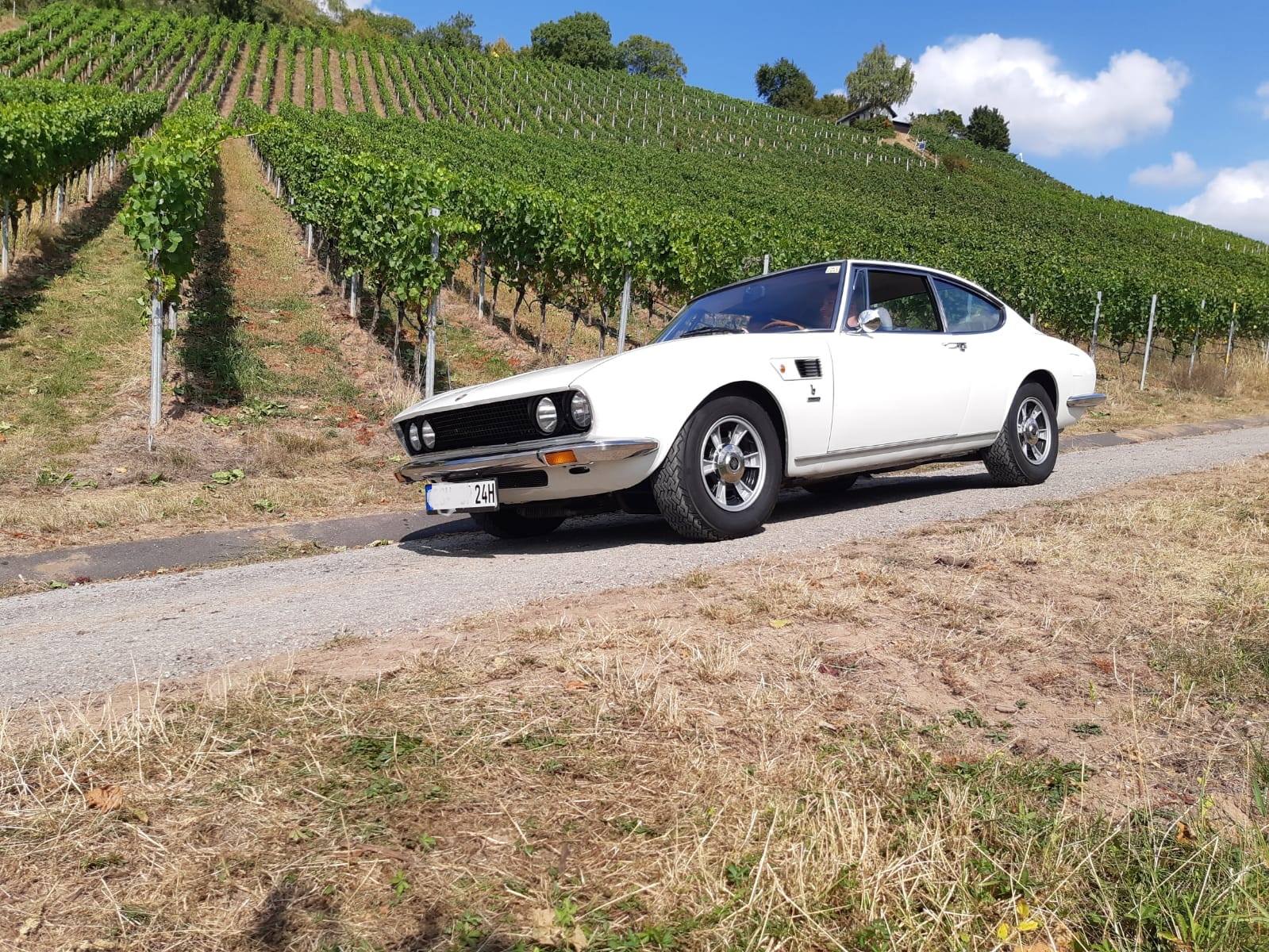The genesis of the Dino Coupe can hardly be compared with that of other automobiles. The impetus for the development of the vehicle was Ferrari's desire to compete in Formula 2 with its Dino brand in the mid-1960s. But to achieve this, Ferrari first had to overcome a seemingly insurmountable hurdle. That was because the regulations at the time stipulated that only vehicles whose engine block came from a production car and had a displacement of no more than 1.6 liters could take part in the competitions. The much bigger hurdle, however, was that the production model had to have at least 500 sales within a year. For the small sports car manufacturer from Maranello, this sales figure alone was impossible to achieve.
Fiat and Ferrari agree on extensive cooperation
In order to still achieve the goal of Formula 2 participation, Ferrari decided to enter into an extensive cooperation with Fiat. Under the terms of the agreement, the Turin-based manufacturer undertook to build the 6-cylinder "Dino" V-engines in honor of the son of Ferrari founder Enzo Ferrari, who had tragically died and contributed to the design of the power unit. To achieve the numbers Ferrari needed, Fiat decided to build two sports cars. One was to be a sporty coupe, the other an open Spider.
Bertone takes care of the design of the Fiat Dino Coupe
However, before tackling the design, the first task was to rein in Ferrari's thoroughbred racing engine and make it suitable for everyday use. Fiat entrusted this task to its designer Aurelio Lampredi, who initially switched from costly aluminum to gray cast iron. Further changes were made to the chain drive of the camshafts, which Lampredi simplified considerably, thus reducing production costs. When the final engine was ready, Fiat commissioned the Turin-based body designer Bertone to design the Dino Coupe, while the body designer Pininfarina, also from Turin, took care of the Spider..
Bertone based the design of the Dino Coupe on the 2-plus-2-seater design of sports coupes typical of the time. The wheelbase of the closed Dino was 2,550 mm longer than the Spider. The Coupe also offered more than the Spider in terms of comfort, for example a full trunk, power windows and folding rear seats. This made the Coupe the perfect car for longer trips, in other words a true Gran Turismo. However, the additional comfort was also reflected in the weight of the closed 2+2-seater, which at 1,280 kg was just under 100 kg heavier than the fresh-air version.
Ferrari is working on its own sports car based on the engine
The Fiat Dino Coupe made its debut in 1967, one year after the Spider. The final version had a displacement of 1,988 cc, featured three Weber carburetors and produced 118 kW (160 hp). At the same time, Ferrari began to develop its own sports car around the power unit. The Turin-based body designer Pininfarina was responsible for the design. The result was the Ferrari Dino 206 GT, which went into production in 1968. At 180 hp, its output was slightly higher than that of the Fiat Dino. In terms of top speed, the 206 GT was also a good 30 km/h faster than the coupé from Turin at 230 km/h.
Success of the Dino Coupe leads to more powerful successor
The Fiat Dino Coupe proved to be more successful than the Spider. The Turin-based company sold a total of 2,629 units of its sports car in 1967 and 1968, about twice as many as of the open-top version. Ferrari was able to sell 152 units of its Dino 206 GT by 1969. Confirmed by its success, Fiat decided in 1969 to launch a variant with a more powerful engine. The V6 unit with a 65-degree cylinder angle in the Fiat Dino 2400 Coupe now had a displacement of 2,418 cc and the power increased to 180 hp. This enabled the sports car to reach a top speed of 205 km/h. New in the revised version of the Coupe was not only the engine, but also the independent rear suspension, which gave the car more stability, especially in curves. There were also new brakes from Girling and a manual 5-speed transmission from ZF. Until 1972, a total of 7577 Fiat Dino Coupes rolled off the production line with the two different engines. Through further cooperations, the power unit was also used in the Lancia Stratos.
Unforgotten film and TV appearances of the Dino Coupe
The Bertone-designed body and the cooperation with the prestigious Ferrari brand ensured that the Dino Coupe made appearances in numerous films and TV shows. Among other things, a black Coupe was featured in the action comedy "The Italian Job - Charlie robs millions" starring Michael Caine. The Coupe made another famous appearance in the Italian crime film "The Bandits of Milan," which flickered across the screen as the Italian entry at the 1968 Berlin Film Festival. Ferrari's 246 GT probably made its best-known appearance in the crime comedy "The Two" with Roger Moore and Tony Curtis, which was broadcast from 1970 to 1971.
Performance of the Dino Coupe
Due to the few copies sold, the Dino Spider is most sought after by enthusiasts, which is clearly reflected in the price. For less than 100,000 euros, there are virtually no well-preserved examples on the market. The Coupe, on the other hand, can be had for considerably less. A car in good condition that still has the original paintwork is available from around 40,000 euros. Most offers range around 50,000 euros.


